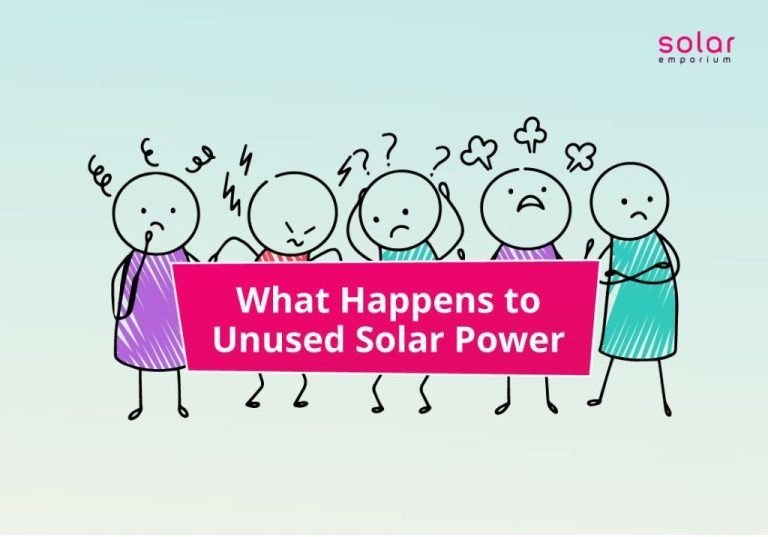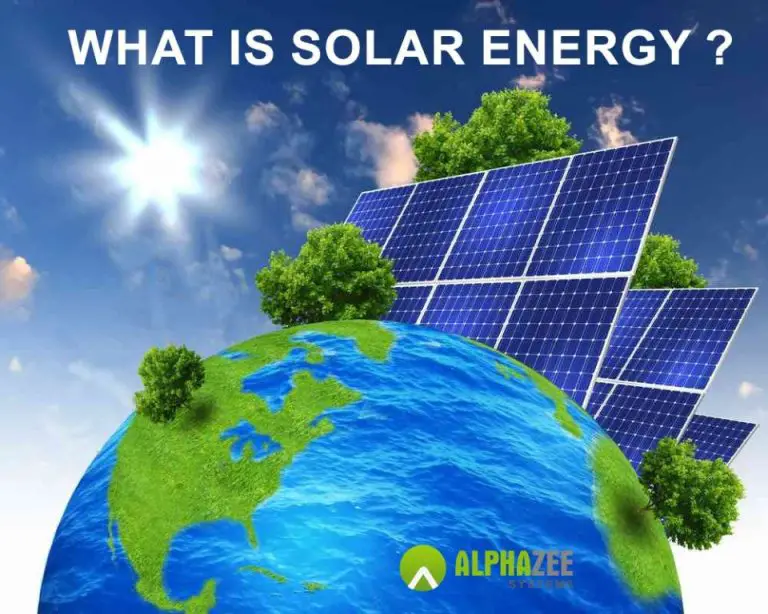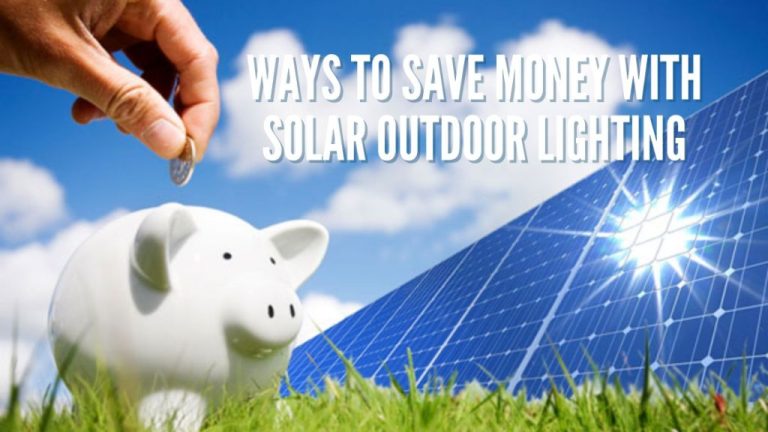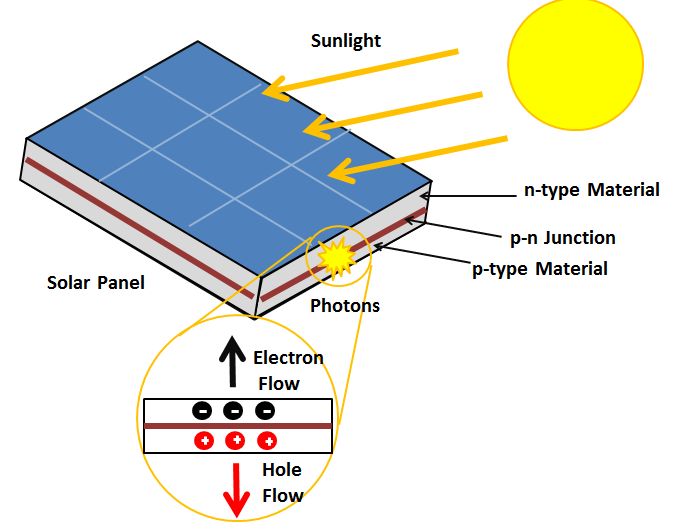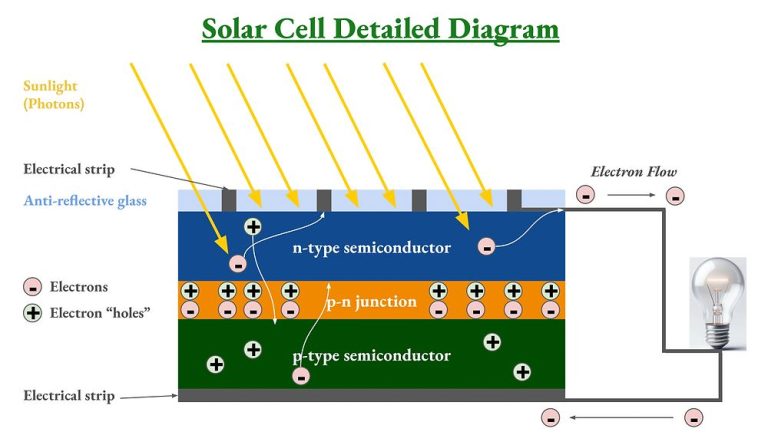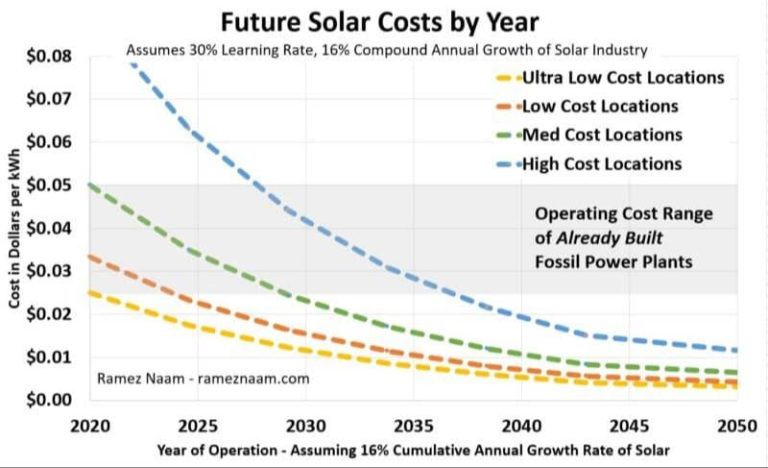Is Solar Power The World’S Fastest Growing Energy Source?
Solar power is a renewable energy source that converts sunlight into electricity using solar panels. In recent years, solar power has experienced exponential growth around the world and is transforming the global energy landscape. The dramatic expansion of solar is being driven by several key factors including cost declines, supportive policies, improved technologies, and increased demand for clean energy. However, despite impressive gains, solar still only accounts for a small fraction of global electricity generation. As solar continues its rapid growth, it raises questions about the future of energy systems and the role of renewables.
Solar Power Capacity
Solar power capacity has grown exponentially in the past decade. According to research, the global installed capacity for solar photovoltaics (PV) has increased from 40 gigawatts in 2010 to over 580 gigawatts by the end of 2019. This represents a compound annual growth rate of over 30%. Similarly, the installed capacity for concentrated solar power (CSP), also known as solar thermal electricity, has risen from 1.3 gigawatts in 2010 to 6.2 gigawatts by 2019.
The growth has been particularly pronounced in Asia, especially China and India. In 2019, Asia accounted for over 70% of the world’s solar PV additions. The top countries for total installed solar PV capacity include China, United States, Japan, Germany and India. For CSP, capacity remains more concentrated in the United States and Spain, followed by China, South Africa and India.
Rapid declines in solar technology costs, supportive government policies, improved financing access, and increased awareness of solar’s environmental benefits have all contributed to the exponential growth in solar power capacity worldwide. With further cost reductions expected, solar is poised for continued strong growth, especially in developing countries where energy demand is rising.
Solar Investment
Over the past decade, global investment in solar power has increased dramatically. According to data from BloombergNEF, total investment in solar reached $160.8 billion in 2017, up 18% from 2016. This represents a massive increase from just $40.6 billion in solar investment in 2010.
Driving this growth in solar investment are both public policy support and rapidly declining costs. Many governments around the world have implemented strong policy incentives for solar, such as renewable energy targets, financial incentives like feed-in tariffs, and public investment in R&D. At the same time, as solar technologies like photovoltaics became cheaper and more efficient, the levelized cost of electricity from solar has fallen below competing sources like coal and natural gas in many markets.
China has led the world by far in solar investment, accounting for over 50% of the global total in recent years. In 2017, China invested $86.5 billion in solar, up 58% from 2016. The United States ranked second with $40.5 billion of investment in 2017. Other major markets like Japan, Germany and India have also seen substantial growth in solar investment.
Going forward, solar investment is expected to continue growing globally as costs fall further and more markets reach grid parity. However, changes in policies like feed-in tariffs could impact the rate of growth in leading markets like China.
Cost Declines
One of the major reasons for solar energy’s surging growth is the remarkable decrease in costs over the past decade. Between 2009 and 2019, the average cost to install solar dropped by more than 70% according to industry research. This steep decline is attributed primarily to improvements in solar panel technology as well as economies of scale as the solar industry has expanded. Manufacturing costs have plummeted as production volumes have increased and efficiencies have been optimized.
In addition, market competition and oversupply of solar panels, especially from China, has helped drive prices down. Installation costs have also dropped as solar companies have developed expertise and standardized processes. The cost declines have made solar power cost competitive with conventional power sources in many parts of the world. Further innovation and economies of scale are expected to yield additional cost reductions in the future, making solar even more affordable.
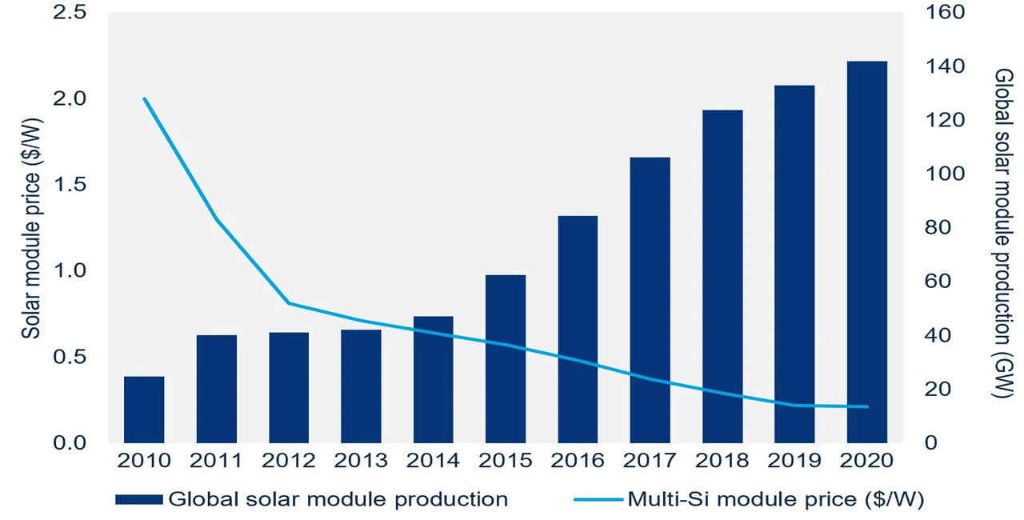
Growth Drivers
There are several key factors driving the rapid growth of solar power:
Falling Costs – The cost of solar panels and installation has dropped dramatically over the past decade, making solar power competitive with fossil fuels in many markets. Technological improvements and economies of scale have been critical in reducing costs.
Supportive Government Policies – Tax credits, feed-in tariffs, renewable portfolio standards and other policies have accelerated solar adoption by improving the economics of solar power. Countries like China, the U.S., Japan and Germany have implemented strong policy support.
Corporate Procurement – Many companies are installing solar panels to power their operations, driven by sustainability targets and the economic benefits. Corporate solar investments reached record levels in 2019.
Grid Parity – Solar has achieved grid parity in many regions, meaning it can generate electricity at or below the cost of conventional grid power. This makes it an economically attractive option.
Social Acceptance – Public awareness of solar’s environmental and economic benefits has risen significantly. Polling shows strong public support for increasing reliance on solar power.
Challenges
While solar power has experienced impressive growth, there are still challenges to greater deployment globally. Some key obstacles include:
High Upfront Costs: The initial investment required for solar systems remains a barrier, especially for residential systems. Although prices have dropped dramatically, the upfront capital cost can still be daunting for households and businesses.
Land Constraints: Large-scale solar farms require significant land area, which can be a challenge in densely populated regions. Rooftop solar helps mitigate land issues but has limits on capacity.
Storage Limitations: The intermittent nature of solar power creates the need for energy storage to provide power when the sun isn’t shining. Affordable, large-scale storage options are still in development.
Grid Integration Challenges: As solar supplies an increasing share of electricity, managing grid stability and peak supply and demand becomes more complex.
Policy and Regulatory Hurdles: Inconsistent government incentives, permitting issues, and utility opposition in some markets hinder solar expansion.
Addressing these challenges will require technological innovation, policy reforms, new business models and financial solutions. With sufficient focus and investment, solar power can continue its rapid growth trajectory.
Projections
The future looks bright for solar power. Most analysts predict solar capacity will continue its rapid growth in the coming decades. By 2050, solar could provide up to 20% of global electricity needs, according to projections by the International Energy Agency (IEA). Other estimates are even more optimistic, with projections ranging from 20-50% by 2050. Key factors driving growth include:
- Continued cost declines, making solar ever more competitive.
- Supportive government policies, like renewable portfolio standards and tax credits.
- Improving energy storage technology, which helps address solar’s intermittency.
- Expanding electric vehicle use, increasing electricity demand.
- Corporations and utilities setting ambitious renewable energy targets.
With solar already the cheapest form of electricity in many markets, some projections foresee solar generating up to 40% of global power by 2050. Falling storage costs also increase solar’s potential. The impacts would be immense, with solar displacing fossil fuel generation and driving deep decarbonization of the world’s energy system.
Comparisons
When comparing the growth rates of solar power to other energy sources, it becomes clear that solar is outpacing most other renewables and fossil fuels by a wide margin. According to the International Energy Agency (IEA), solar power capacity grew by over 30% in 2021, reaching over 320 gigawatts (GW) of new installations globally that year. This growth rate far exceeds that of other major energy sources like wind power, which grew at a rate of 13% in 2021. Fossil fuels like natural gas and coal saw very minimal growth in 2021.
Over the past decade, the compound annual growth rate (CAGR) for solar power has been around 20-30%, surpassing the growth rates of all other energy sources. The IEA predicts solar will remain the fastest growing source of new electricity generation worldwide through 2026, with an average growth of over 15% per year. This rapid growth can be attributed to the plummeting costs and supportive policies related to solar power. No other energy source is expected to match the level of growth that solar power is experiencing in the coming years.
Implications
If solar energy continues its rapid growth, there could be several important implications globally and regionally.
Climate change could be slowed or mitigated if a larger share of energy comes from renewable solar instead of fossil fuels. This could help meet emissions reduction targets and lower the risks of climate change impacts like rising sea levels, extreme weather, and drought. However, solar would need to maintain strong growth for decades to fully transition the energy system.
Energy security and access may be improved in developing regions that rapidly adopt distributed solar, reducing reliance on imported fossil fuels. But this depends on support for financing solar systems and energy storage.
Existing energy companies, grids, and workforces would need to transition, adapt and retrain to integrate large shares of variable solar power, requiring planning and policy support.
If solar power outpaces storage development, its growth could be constrained by grid stability needs and lead to curtailment. Wider deployment of batteries, pumped hydro, electric vehicles, and other storage and load balancing solutions can help address this.
Conclusion
In reviewing the growth of solar power capacity, investment, and cost declines compared to other energy sources, the evidence strongly supports that solar power is currently the world’s fastest growing energy source. Solar power capacity and investment have grown exponentially over the past decade, with solar being the leading new source of global power generation added in recent years. Costs have declined rapidly, making solar increasingly competitive with fossil fuels. Key growth drivers like climate change concerns, technology improvements, and favorable policies have aligned to spur adoption worldwide. While challenges remain, projections point to solar continuing its rapid growth trajectory. If current trends persist, solar may well become the preeminent global energy source within the next few decades.

